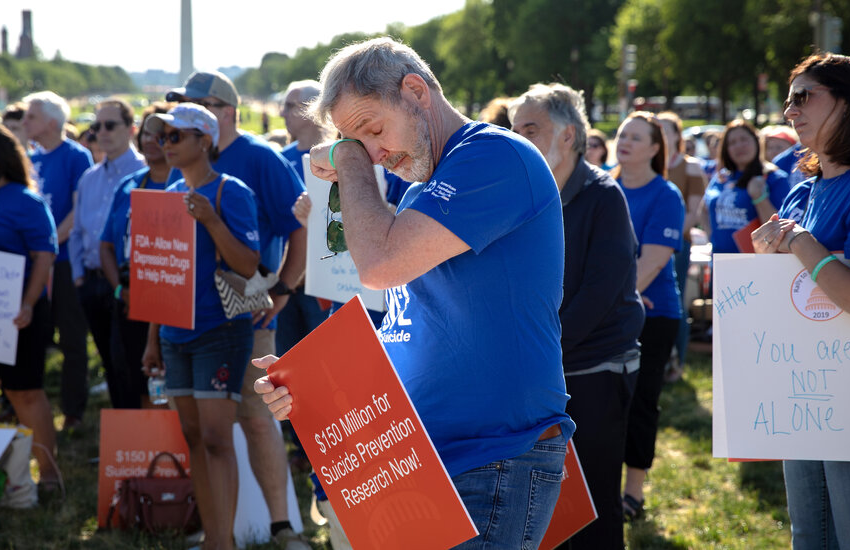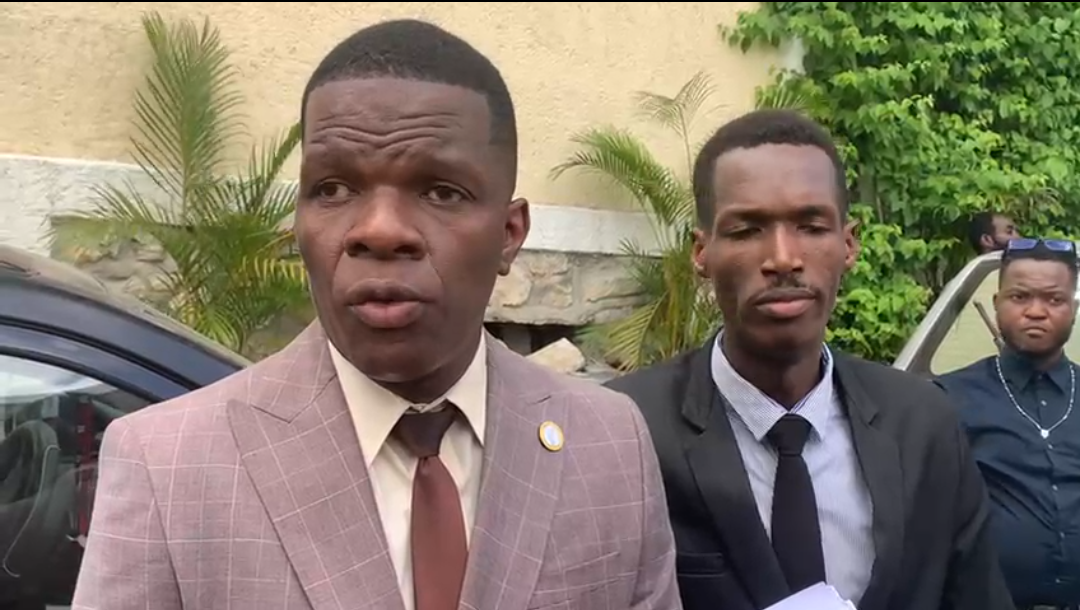Since people who try suicide have a higher likelihood of making another attempt in the next six months compared with the general population, the barriers to treatment are particularly troubling, he said.
“That is our idea of hope,” he said. “That is the goal of the medical structure. We want to provide health care to people who attempt suicidal behavior.”
Suicide is one of the top 10 leading causes of death in the United States, with a yearly death toll that has risen 60 percent in recent decades, to 48,344 in 2018 from 29,180 in 1999. During that period, the rate of suicide in the population increased by 35 percent, dipping for the first time, by 2 percent, in 2019, according to the C.D.C.
This has happened despite significant advances in brain science and the development of promising interventions using cognitive behavioral therapy, attachment-based family therapy and dialectical behavioral therapy, said Dr. Christine Moutier, the chief medical officer for the American Foundation for Suicide Prevention.
“One would argue, why haven’t the rates been going down?” she said. “Until 2018, it’s very clear that those have yet to be made accessible to the general population.”
The study suggests that overall, people who attempt suicide face especially high barriers to access, since the U.S. population as a whole is using mental health services at a higher level than ever before, with recent research suggesting that one in four Americans was receiving some care, Dr. Moutier said.
“This is not a new finding, from that standpoint, but it is terribly concerning,” said Dr. Moutier, who was not involved in the study.










